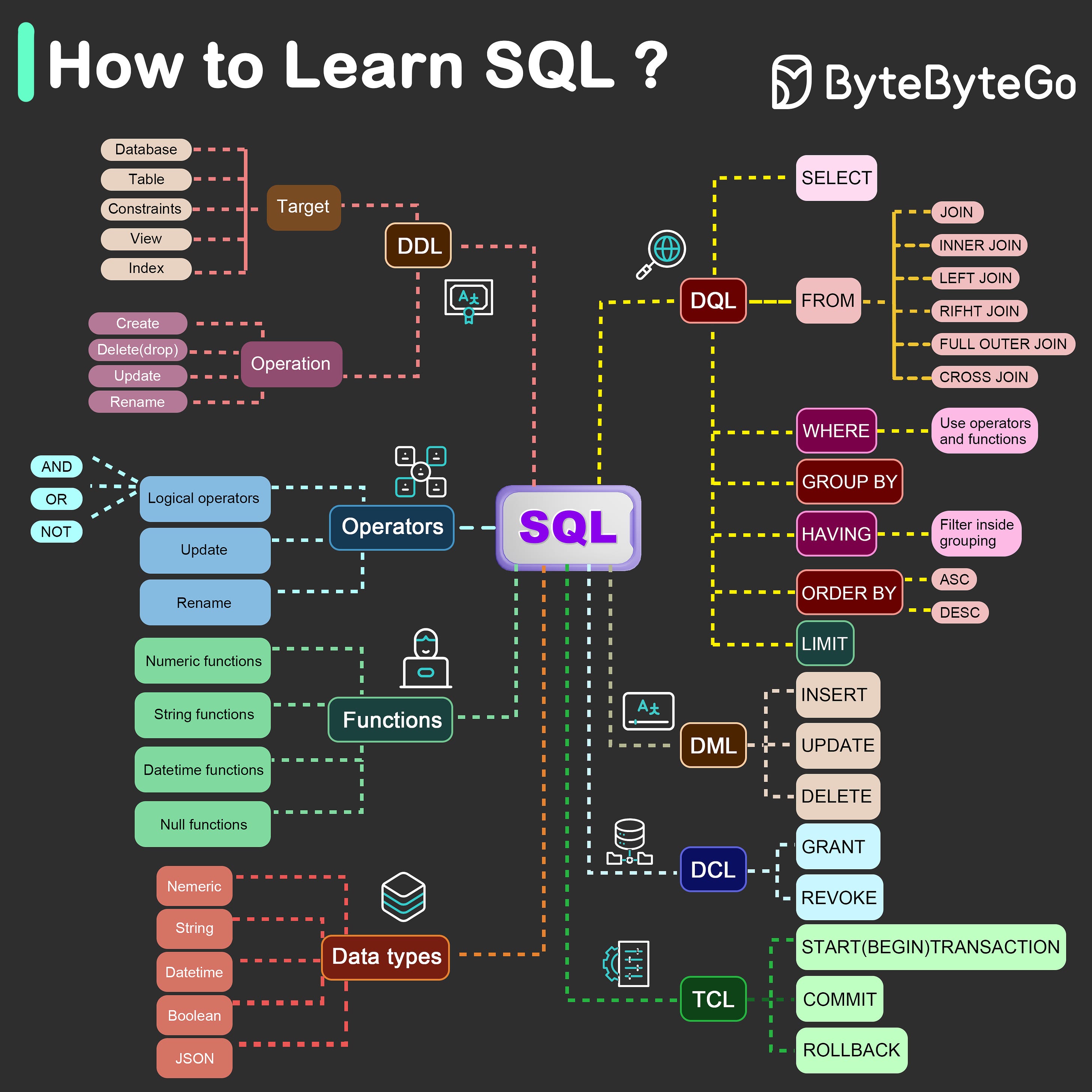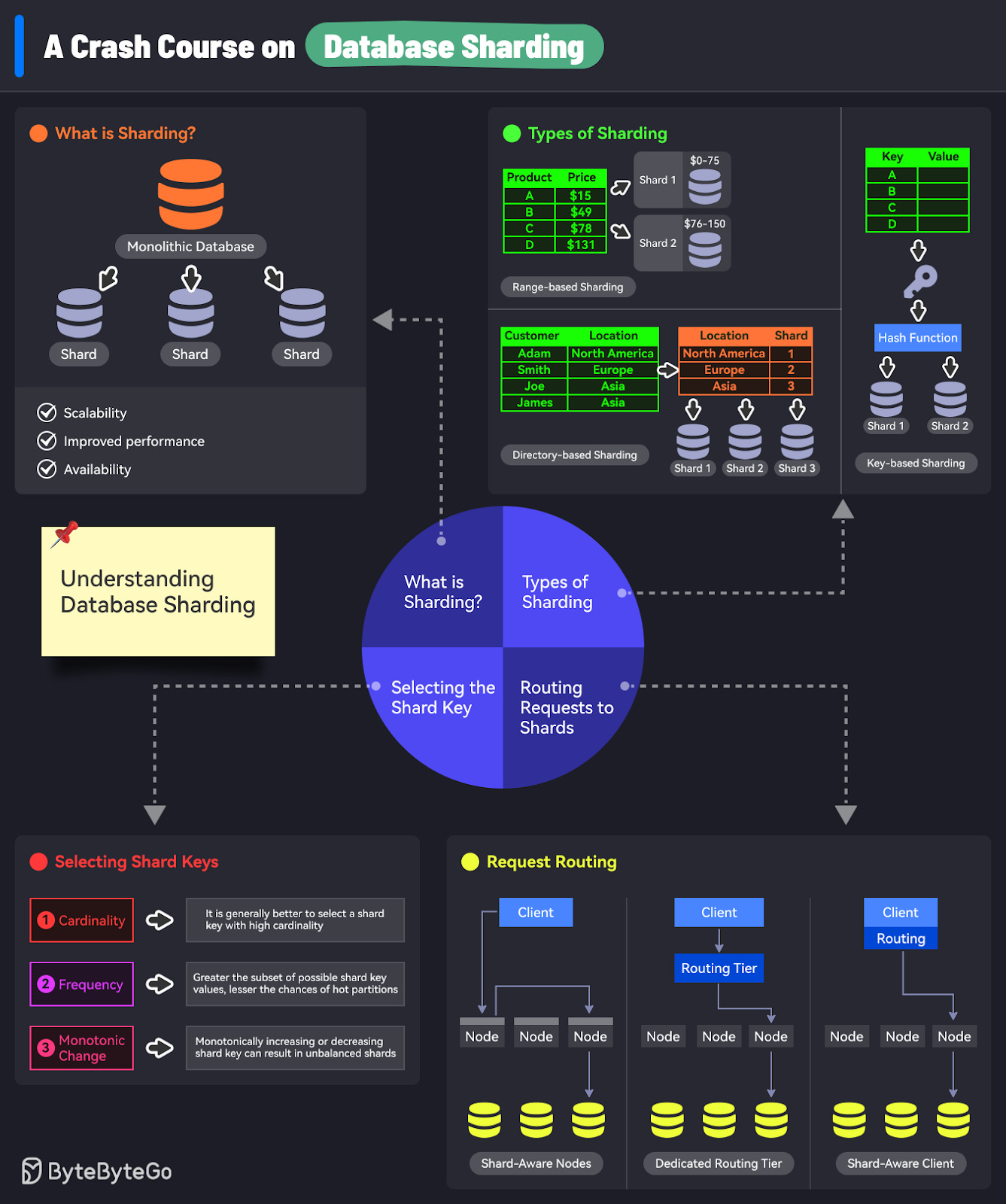- Mailing Lists
- in
- A Crash Course in Database Sharding
Archives
- By thread 5360
-
By date
- June 2021 10
- July 2021 6
- August 2021 20
- September 2021 21
- October 2021 48
- November 2021 40
- December 2021 23
- January 2022 46
- February 2022 80
- March 2022 109
- April 2022 100
- May 2022 97
- June 2022 105
- July 2022 82
- August 2022 95
- September 2022 103
- October 2022 117
- November 2022 115
- December 2022 102
- January 2023 88
- February 2023 90
- March 2023 116
- April 2023 97
- May 2023 159
- June 2023 145
- July 2023 120
- August 2023 90
- September 2023 102
- October 2023 106
- November 2023 100
- December 2023 74
- January 2024 75
- February 2024 75
- March 2024 78
- April 2024 74
- May 2024 108
- June 2024 98
- July 2024 116
- August 2024 134
- September 2024 130
- October 2024 141
- November 2024 171
- December 2024 115
- January 2025 216
- February 2025 140
- March 2025 220
- April 2025 233
- May 2025 239
- June 2025 303
- July 2025 173
🔓 Unlock the US market with our expert webinar, discover Remote Watchtower, and more...
Why should executives lead from the inside out?
A Crash Course in Database Sharding
A Crash Course in Database Sharding
Latest articlesIf you’re not a subscriber, here’s what you missed this month. To receive all the full articles and support ByteByteGo, consider subscribing: As an application grows in popularity, it attracts more active users and incorporates additional features. This growth leads to a daily increase in data generation, which is a positive indicator from a business perspective. However, it can also pose challenges to the application's architecture, particularly in terms of database scalability. The database is a critical component of any application, but it is also one of the most difficult components to scale horizontally. When an application receives increased traffic and data volume, the database can become a performance bottleneck, impacting the user experience. Sharding is a technique that addresses the challenges of horizontal database scaling. It involves partitioning the database into smaller, more manageable units called shards. In this post, we’ll cover the fundamentals of database sharding, exploring its various approaches, technical considerations, and real-world case studies showcasing how companies have implemented sharding to scale their databases. What is Sharding?... Unlock this post for free, courtesy of Alex Xu.A subscription gets you:
© 2024 ByteByteGo |
by "ByteByteGo" <bytebytego@substack.com> - 11:35 - 27 Jun 2024

